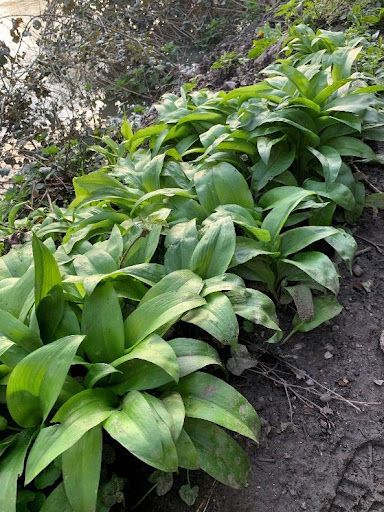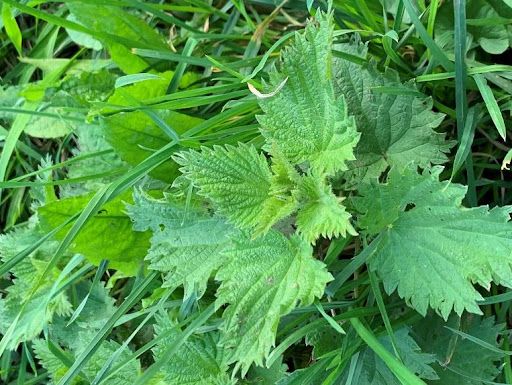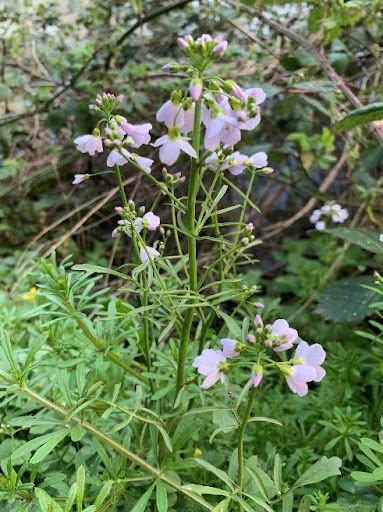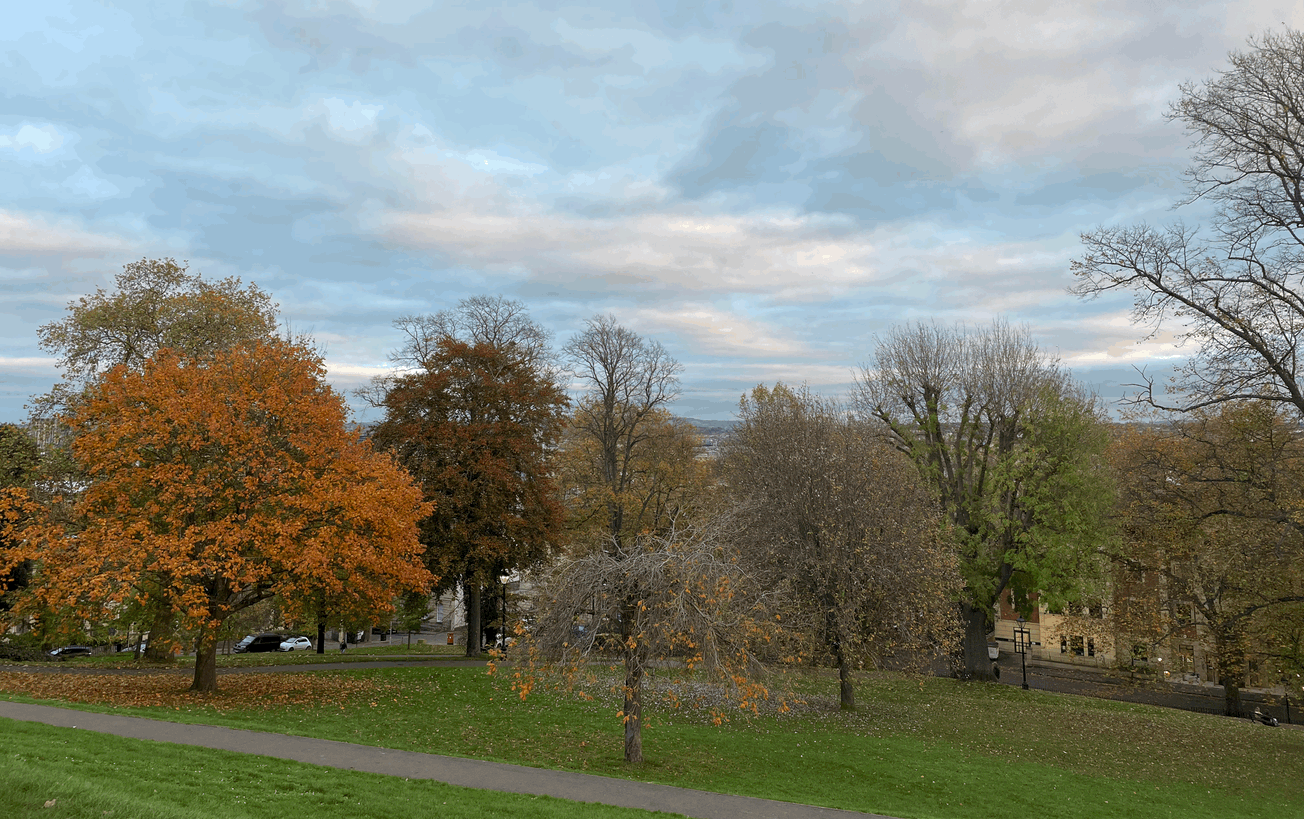By Anya Dixon, 2nd Year Classical Studies
The Croft Magazine// As Spring approaches closer, and deadline season is underway, it's healthy to go outdoors for a fresh air break every now and then between all the hectic work. One way to enjoy the outdoors and making the most out of nature in this season is through foraging. Anya provides a beginners guide for foraging in Bristol for this Spring.
Wild foraging has been around for centuries as an act of survival and self-preservation, but with modern society and its evolution of simplifying our continued existence, this act of survival had died down. However, with the rising concern for the environment we have noticed a revival in people reconnecting with nature and a resurgence of foraging. Now a modern green trend, foraging has taken its place in society as an act of leisure, or for most of us, survival with the current cost of living. With the spring season now upon us, a wide variety of plants can be foraged to add a flavourful flair to your meals, and at the same time, providing you with essential nutrients. Here is your very own Bristol-style guide to foraging as a beginner.




First on the list we have is wild garlic, otherwise known as ramsons. These delectable leafy greens are best picked from April to June, and can be found in woodland areas – in particular, on the banks of rivers and streams. The young leaves can be picked from March onwards, and small white flowers can be found growing on the wild garlic later in the season, as of which are also edible. Wild garlic is distinctive in its long, smooth and oval shaped leaves growing in clusters. The safest way to check is to crush a leaf – when crushed the leaf should emit a strong smell of garlic and slight onion. Wild garlic has a delightful taste and can be a flavourful addition to roast potatoes and soups – a popular take is a wild garlic pesto or garlic butter.

Another spring-time addition in the list of forgeable goods is white dead nettles. Commonly found in woodland areas and alongside hedgerows, this curious plant is almost identical to stinging nettles just from looking at the leaf – although, small white flowers tend to blossom from April onwards on white dead nettles. If in doubt though, one sure way to distinguish the two is a close-up of the leaf – dead nettles will have short, fine hairs on the leaf, whereas, stinging nettles have longer hairs. White dead nettle leaves have a mild but pleasant taste and can be treated as a substitute for spinach – they can be boiled to add to dishes such as quiche or pasta. Alternatively, white dead nettle soup can be made with the flowers, which gives off a succulent honey-like taste.

Last on the list is the cuckooflower, a long stem that grows small pale pink flowers. This forgeable spring flower grows in damp meadows and woodland areas, or on riverbanks. Its flowers bloom from April to June and can be easily identified by their pale pink colour. All parts of this plant are edible, although the leaves and stem tend to be eaten raw or cooked due to their richness in vitamins. With a strong cress-like flavour, this plant makes a great addition to salads or as a unique spring seasoning to any meal.

As a beginner forager, a general rule of thumb is to avoid eating or touching plants you are unsure about as many plants tend to have poisonous lookalikes - the plants mentioned in this guide are the safest and easiest options for beginners. It is recommended to bring a pair of kitchen scissors (to avoid pulling plants from the root) and an assortment of containers to keep your foraged goods in. Although, if you plan to collect brambles or stinging nettles then a pair of thick gloves is recommended. Lastly, as a foraging guideline it is always best to minimise damage to plants and only take what you plan to consume.


All the plants mentioned above can be found at Conham River Park, which is a short bus ride from city centre, however, other notable areas to forage in Bristol include; the grounds/surrounding woodland area of Kings Weston House, Nightingale Valley in Brislington, and Westbury wildlife park. Happy foraging!
Featured image by Saiba Haque
Will you be foraging this Spring?







